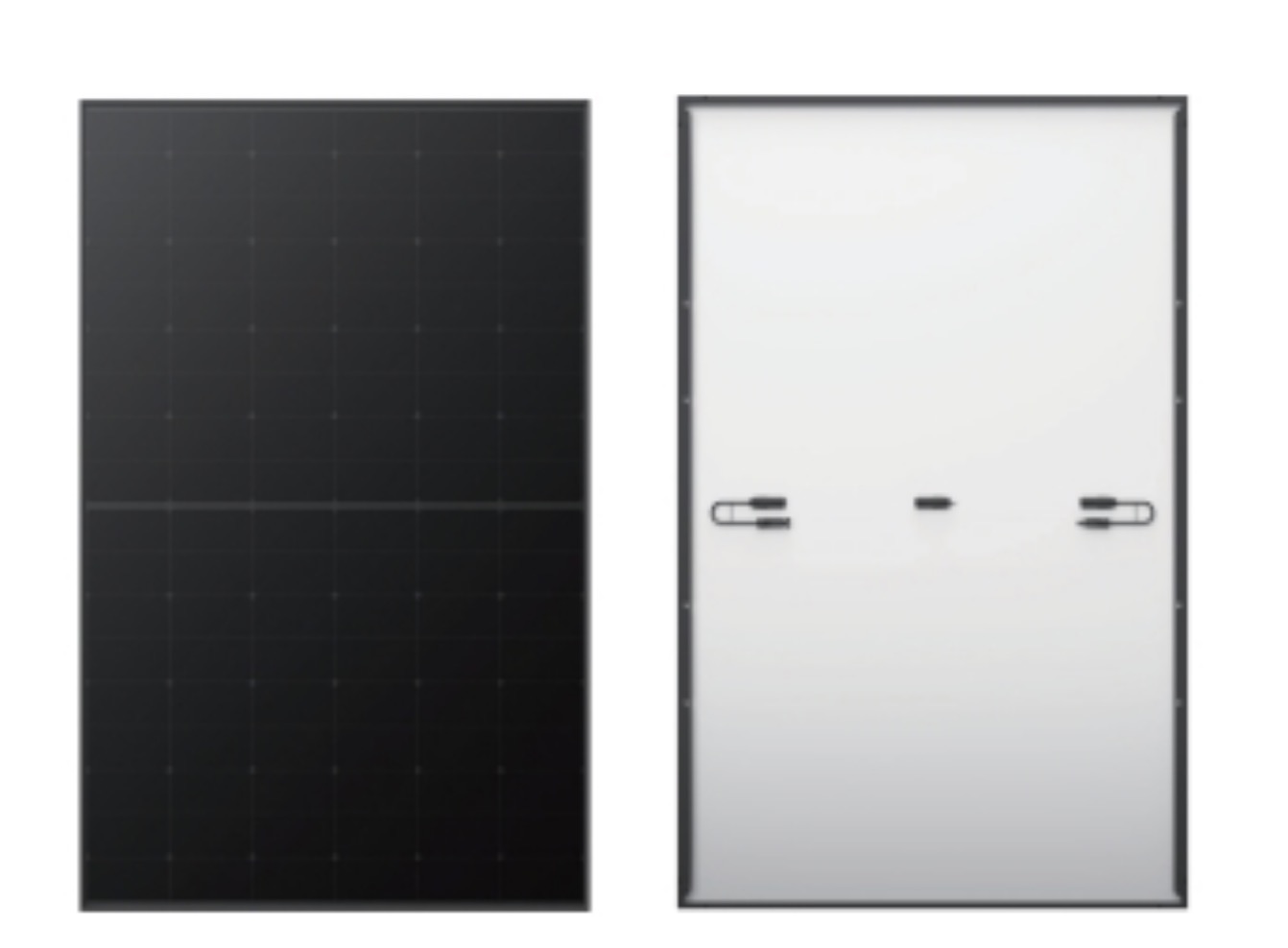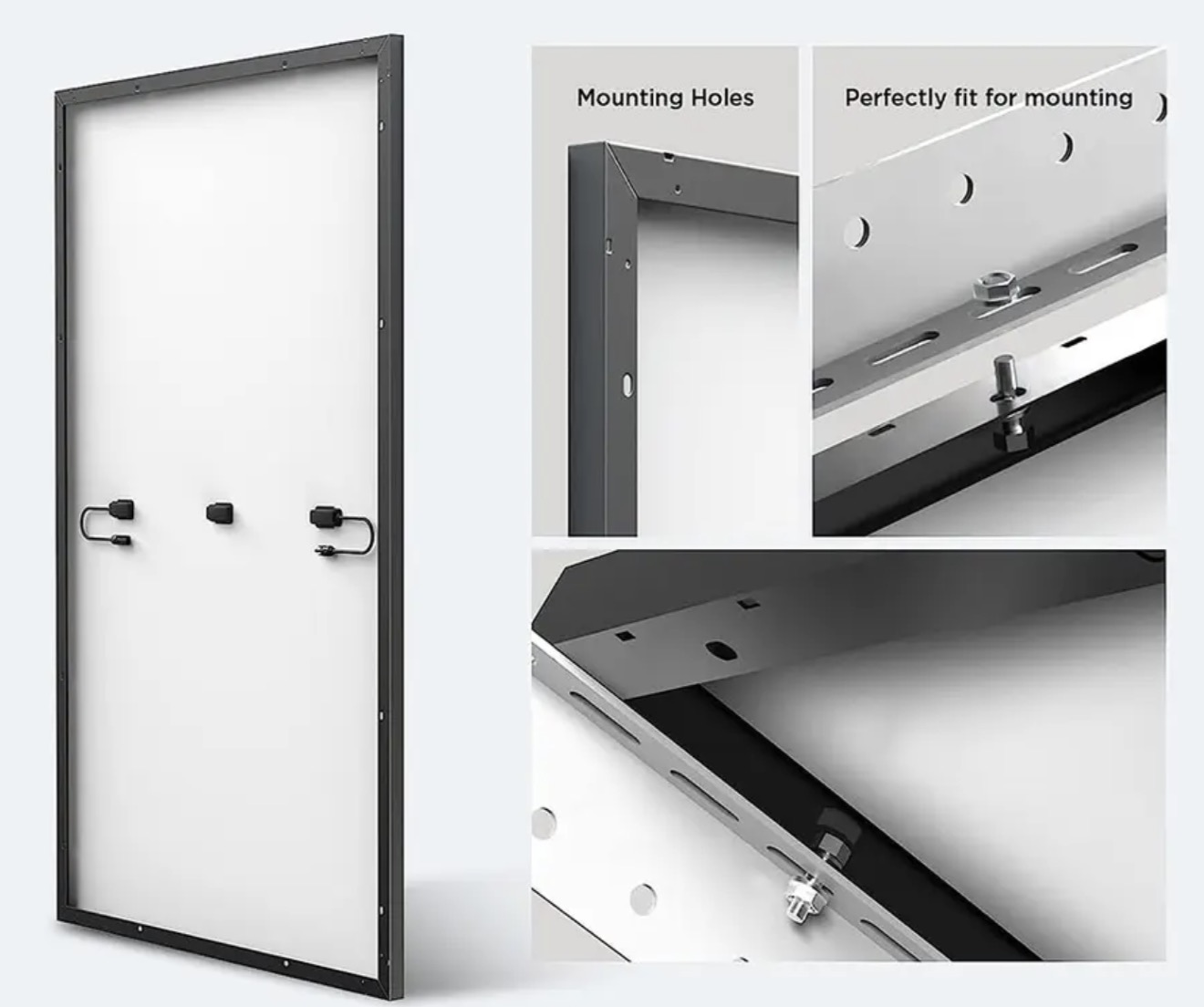In the past two years, new energy vehicles have entered a period of rapid growth, with soaring sales and high retention rates. However, this boom has also raised an important question: what happens to power batteries once they are retired? In response, representatives from the two participating committees emphasized the need to clarify responsibilities, establish a robust battery recycling system, and support the development of a more sustainable environment.
Currently, the first batch of automotive power batteries is beginning to reach their retirement stage. This issue has been highlighted in recent government reports, which have repeatedly emphasized the importance of sectors like new energy vehicles, integrated circuits, 5G technology, and aircraft engines. Additionally, the government extended tax incentives for new energy vehicle purchases for another three years, underscoring the strategic significance of this industry.
According to statistics, China’s new energy vehicle sales reached 777,000 in 2017, marking the third consecutive year at the top globally. With over 1.8 million units on the road, China holds more than half of the global market share. The fast-paced growth of these vehicles has driven demand for power batteries, but along with concerns about range and charging, battery degradation has become a growing public concern.
Wang Min, chairman of the Sichuan National People's Congress and head of Sichuan Qiyang Automobile Group, explained that power batteries typically last between 5 to 8 years. That means vehicles introduced around 2012 are now starting to enter their retirement phase. This trend highlights the urgent need for a comprehensive recycling strategy.
The Chinese People's Political Consultative Conference and Jinshan Science and Technology Park’s administrative director warned that improper disposal of lithium-ion batteries could lead to heavy metal, alkali, and dust pollution. To address this, the Ministry of Industry and Information Technology and seven other departments issued the “Interim Measures for the Management of the Recycling and Utilization of Power Battery for New Energy Vehicles.†Companies like Guoxuan Hi-Tech are already setting up recycling facilities, signaling a proactive approach to the challenge.
Recycling power batteries is complex due to their size and technical requirements. The Interim Measures emphasize the extended producer responsibility system, placing primary responsibility on automakers for battery recovery. However, current policies still lack a complete framework, making it difficult for manufacturers to manage the entire lifecycle of their products.
Chen Hong, a National People’s Congress deputy and chairman of Shanghai Automotive Group, suggested that authorities should establish recycling qualifications and phase out non-compliant companies. In terms of utilization, the industry is exploring both cascading use and recycling. Once a battery’s capacity drops below 80%, it may no longer be suitable for electric vehicles, but it can still be repurposed for energy storage or low-speed vehicles.
After cascading use, batteries are sent to recycling centers where valuable metals are extracted. Non-recyclable materials must be disposed of safely according to environmental regulations. To ensure proper handling, tracking and traceability systems are essential. The Interim Measures require battery manufacturers to collaborate with automakers, assign unique codes to batteries, and upload data through a traceability system.
Chen Hong further proposed integrating battery information into the social credit system, encouraging responsible recycling and preventing illegal sales. He also recommended allocating part of vehicle subsidies to environmental protection funds to support research and lifecycle management of batteries.
Shou Ziqi, an NPC deputy and Secretary of the Shanghai Municipal Environmental Protection Bureau, suggested introducing market-based mechanisms to encourage closed-loop value transactions. By directing end-of-life batteries to qualified enterprises, recycling can become both environmentally and economically beneficial.
Product details and pic
All black solar panels or black frame Solar Panel, power range around 400w to 460w which is higher solar panel efficiency the front black or front and back are both black.
All black solar panel data
| mono type | mono crystalline half cut cell |
| power range | 400watt to 460watt |
| dimensions | 1176*1134*30mm |
| type | monofacial type or bifacial type |
Product details and pic


All Black Solar Panel,Trina Solar Panel Vertex S,Mono Crystalline Pv Modules,Full Black Solar Panels 420Watt
PLIER(Suzhou) Photovoltaic Technology Co., Ltd. , https://www.pliersolar.com